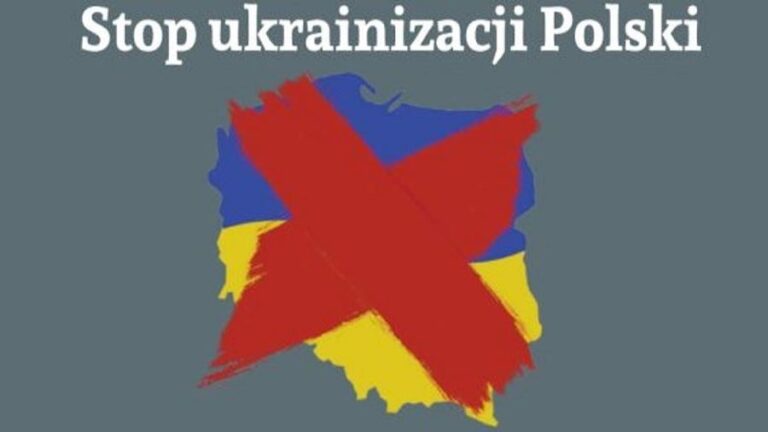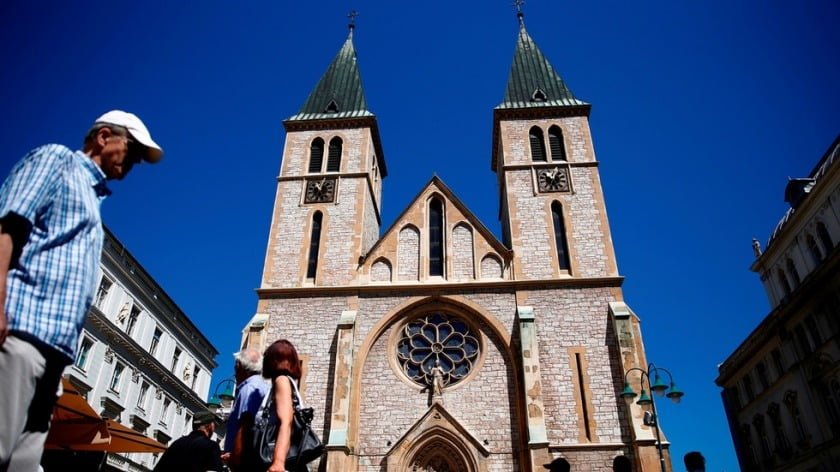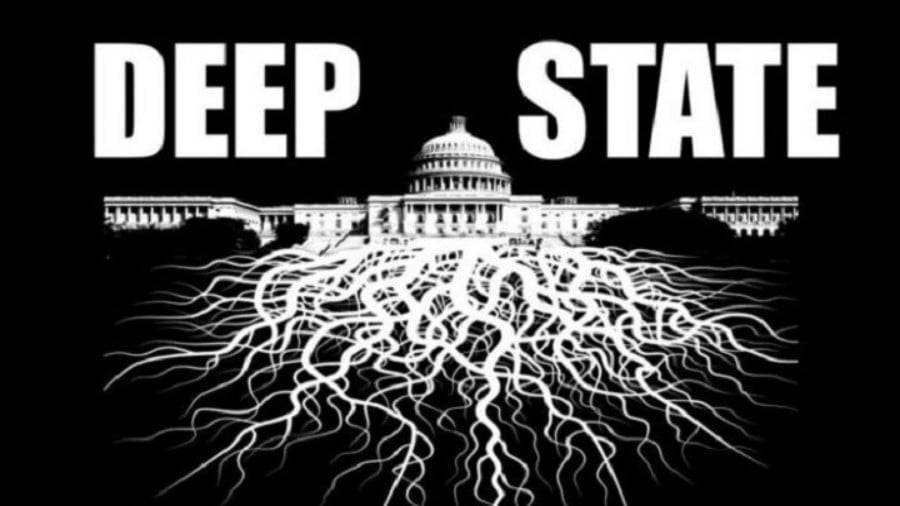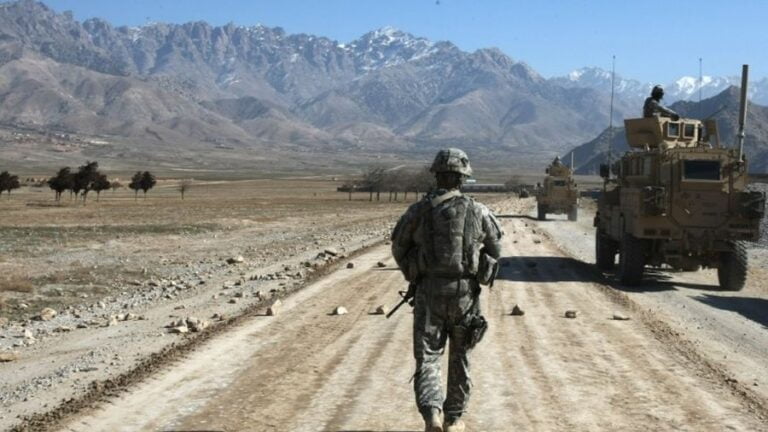Driven by India into China’s Arms, Is Nepal the New Sri Lanka?
“This looks like China, doesn’t it?”
Deputy Inspector General Mandip Shrestha has his chest puffed out as he gives a tour of Nepal Armed Police Force’s freshly minted training academy. A swanky sprawl complete with a helipad, swimming pool, football ground, shooting range, soundproof meeting rooms, giant auditoriums and elegant red brick buildings, the hilltop campus with a sweeping view of the Kathmandu Valley is not your regular government installation in poorly developed Nepal. Shrestha can be forgiven for his house pride.
The campus was a US$350 million gift from China, which built it in two years and handed it over last year to the paramilitary force, which plays an important role in checking Tibetan refugees from entering Nepal. “Apart from the bricks and mortar, they brought everything from China. All the fittings, the furniture, everything,” says a visibly impressed Shrestha as he points to the overhead projector and the desks in one of the many classrooms. “This entire campus in just two years, imagine the level of efficiency.”

Before shifting to the Nepalese Armed Police Force, which was set up in 2001, Shrestha started out in Nepal’s civilian police force in 1995. A different training academy was the buzz in Nepal those days. That year, Devendra Subedi, currently executive director of the National Police Academy, visited New Delhi as the youngest member of a police delegation from Nepal. “I attended the meeting where the Indians first mentioned they would build a new police academy for us. We were all super-excited. For years, that promised academy was the talk of Nepal’s police community.”
Every successive batch would be told about this mega academy where they would soon relocate, leaving behind the cramped and dusty premises in Kathmandu. “Our seniors would tell us about this coming wonder, we would tell our boys, they would tell their boys. Today, no one talks about it. It’s a joke, a very old joke,” Subedi deadpans. “When I retire in a few years, everyone present at that meeting where it was first promised would be gone, and not a brick would have been laid.”
When Indian Prime Minister Narendra Modi made his first trip to Nepal in 2014 soon after coming to power that year, he criticised the previous government for not delivering on the promises made to Nepal. He and his Nepali counterpart jointly unveiled a plaque of the police academy to flag off the project amid much fanfare. Then it went back right back into the freezer, and the joke was back on.
The academy is among the long list of India’s unkept promises and poor project track record in Nepal, such as the India-funded road projects in southern Nepal or the high-profile hydropower project on the Mahakali river. “This is how India has destroyed its own credibility in Nepal,” says political commentator and writer Yubaraj Ghimire.
Legacy issues such as these have added to the strains in India-Nepal relations in recent years as the small Himalayan country, tired of being pushed around by its giant neighbour, is increasingly pushing back. As a new government takes power in Kathmandu, this widening rift puts it on the cusp of a geopolitical transformation as Nepal seeks a hedge in China to counterbalance India’s traditional dominance. Beijing, itself looking to tighten its toehold in a strategically important country bordering Tibet as its own relations with New Delhi spiral downwards, is equally happy to step in.
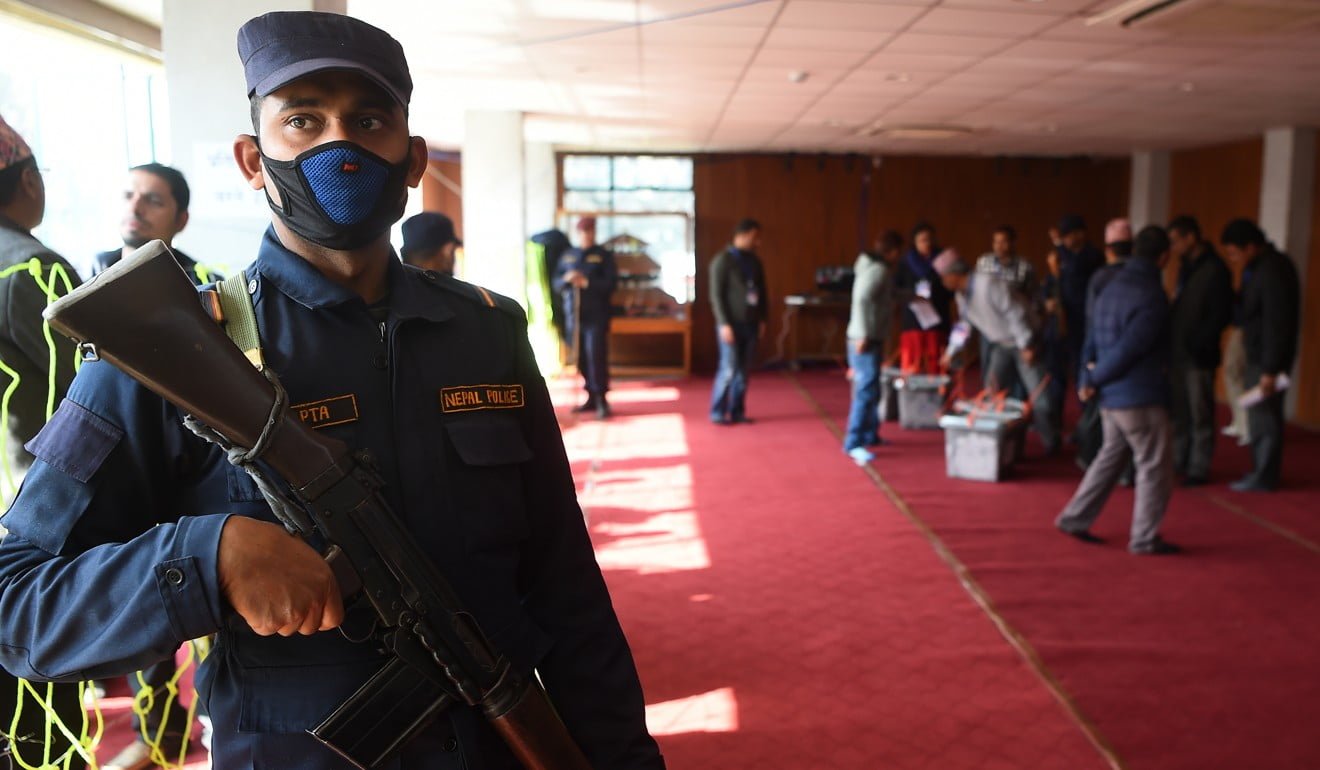
Hydropower to cement, Chinese businesses are already all around in this small South Asian country. Chinese internet providers are breaking Indian monopoly, Chinese tourists are flooding Nepal, Chinese-language institutions are mushrooming, more Nepali students are travelling to China than to India, and hundreds of Nepali officials are invited to China every year – Shrestha just returned from a year-long military training programme there – as part of an unprecedented charm offensive.
Charm is not the only thing Beijing is showering on Nepal. At US$79.26 million, China accounts for nearly 60 per cent of foreign direct investment (FDI) commitments received by Nepal in the first half of the current fiscal year beginning mid-July 2017. India is a distant second with US$36.63 million, followed by the US and Japan. All this makes India jittery. As China closes in, it severely restricts the clout it once enjoyed in the small countries in the neighbourhood. Nepal is of particular importance as it provides a critical buffer with China.
In this climate of geopolitical anxiety, big-ticket projects can foreshadow strategic trends and intent. China began to invest heavily in Sri Lanka after the civil war there ended in 2009, recently gaining control of a strategic port. In Pakistan, it is building a US$55 billion economic corridor with a port on the Arabian Sea that it may turn into a naval base. In the Maldives, where it has been buying islands and building a port, it sent in a naval force last week amid a deepening political crisis after its China-friendly president imposed an emergency.
In a recent interview to This Week in Asia after his appointment as prime minister, communist leader Khadga Prasad Sharma Oli promised to revive the Chinese-led Budhi Gandaki dam project cancelled by the previous government, and stressed the importance of increasing connectivity to the geographically distant China through infrastructure investments in order to diversify Nepal’s options.
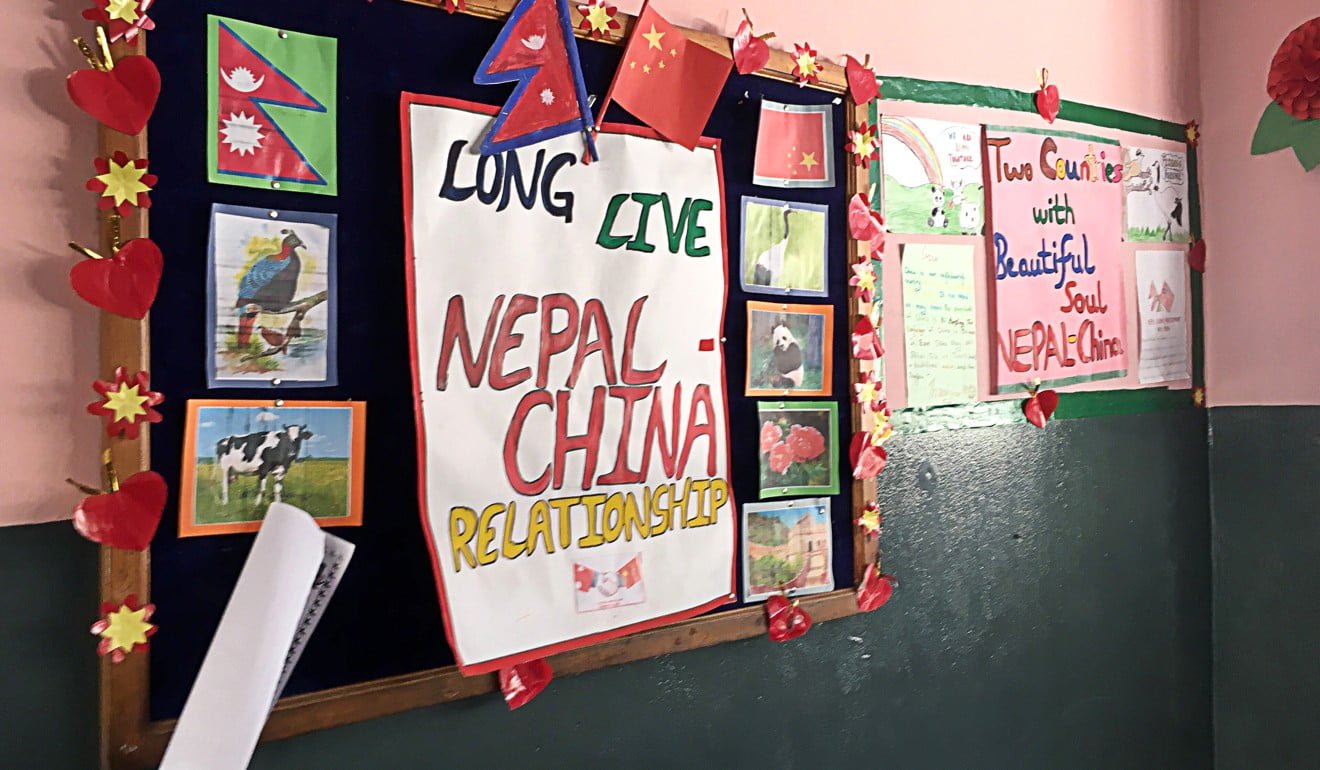
“We can’t forget that we have two neighbours. We don’t want to depend on one country or have one option,” he said. “With a new constitution and completion of elections to the three tiers of government, we have completed our political transformation. As we begin our journey as a federal republic, it’s now time to refocus our attention to Nepal’s economic transformation.”
He expressed appreciation of China’s growth and its ability to “create prosperity” for its people and said he found “the Chinese government interested in contributing to our infrastructure”.
Just two days into the job and still in the middle of a tricky merger between two communist parties and portfolio allocation, he wouldn’t venture any further. But Oli’s fraught relationship with India, Nepal’s pressing need for an economic boost, India’s limited capacity and poor track record, and China’s interest and proven ability in aiding Nepal, all point to significant Chinese participation in Nepal’s economy in the coming years.
Throughout the interview, Oli took care to stress India and China are both important and that Nepal needs to maintain a balance between the two. But Nepal seeking balance between distant China and next-door India with which it has had an open border and centuries-long cultural, economic, political and military bonds, is itself a telling sign of how the power balance is shifting in South Asia.
PAST TENSE
This is 66-year-old Oli’s second stint as the head of government. As prime minister between 2015 and 2016, he crossed swords with India over the provisions of Nepal’s new constitution. India believes the constitution discriminates against the people of the southern plains of Nepal adjoining India who are of Indian ancestry.
When Nepal promulgated its constitution in September 2015, India was the only country in the region that did not welcome it and tried to exert pressure on Nepali leaders, who are mostly from the northern hills, to accommodate the demands of the plains. In the ensuing months, protests broke out in the southern plains, with unhappy minority groups blocking cargo trucks from India, which is landlocked Nepal’s prime source of goods supplies, especially fuel.
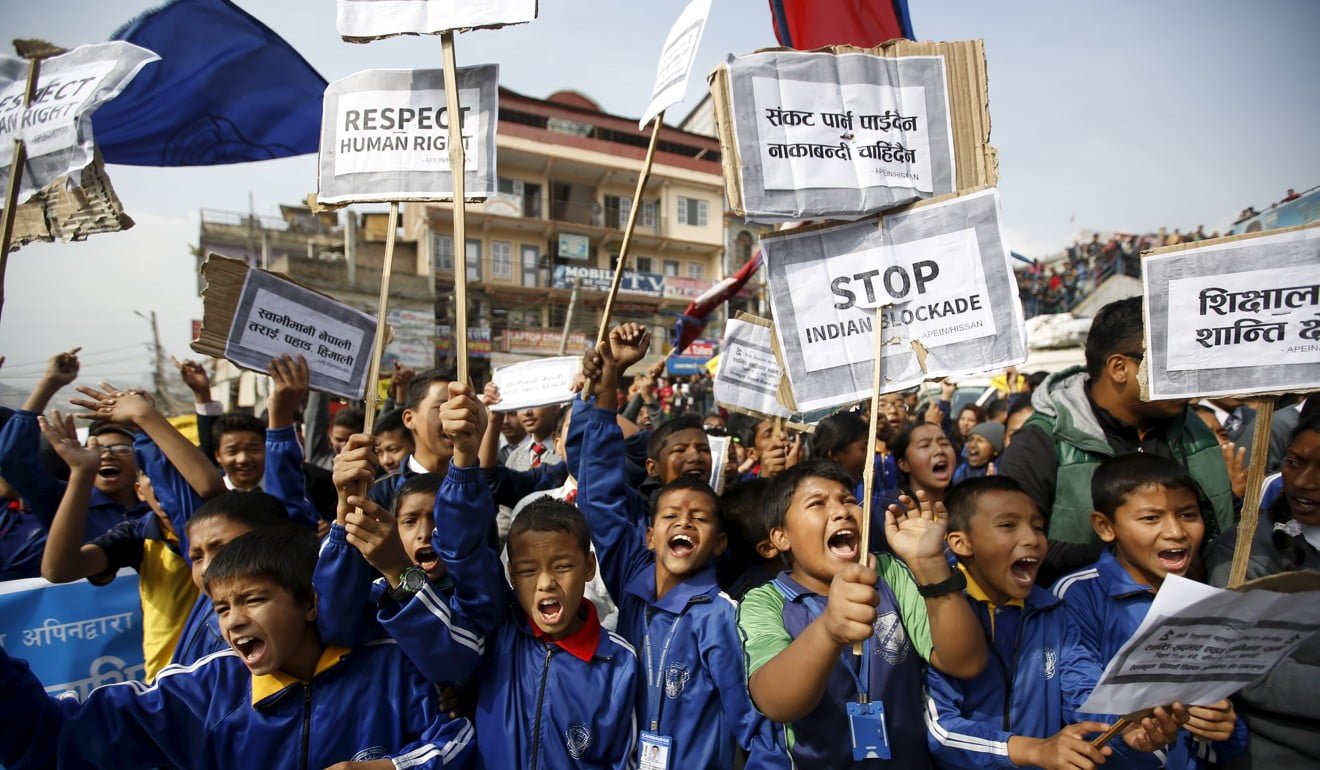
Though India never officially admitted it was blockading Nepal, Delhi’s siding with the demands for constitutional changes, encouragement of the border protests, and use of its own border forces and customs to block goods traffic was seen as, and remembered, in Nepal as an Indian blockade. Coming just months after an earthquake that ravaged the impoverished country, it amplified the sufferings of the Nepalis in the harsh Himalayan winter and turned the popular mood decisively against India. It also brought back memories of a year-long blockade by India in 1989 for buying military hardware from China.
Oli approached China for critical fuel supplies and Beijing promptly dispatched tankers carrying 1.3 million litres of petrol. After nearly five months, the blockade began to be slowly lifted in February 2016 as Nepal agreed to a few minor changes in the constitution. Oli visited China the very next month and sealed a number of major pacts, including a transit agreement allowing Nepal access to Chinese sea ports and Chinese loans to build an international airport in the tourist town of Pokhara. Next year, when his government fell just before a planned visit by President Xi Jinping, he blamed India, cancelled a visit by Nepal’s president to India and recalled the Nepali ambassador, all rare acts of defiance by a Nepali leader against the mighty southern neighbour.
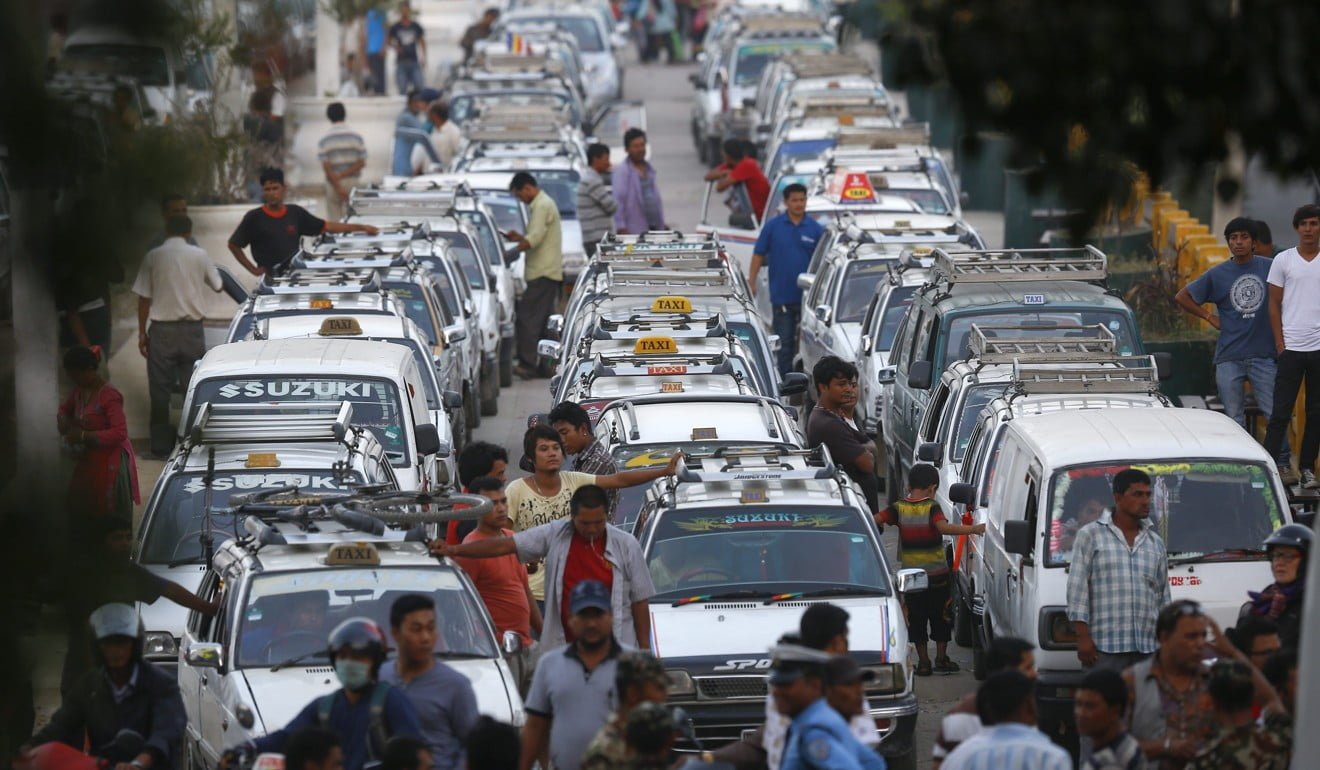
When Nepal went to the polls last year, Oli successfully tapped the groundswell of anti-India sentiment, positioning himself as the embodiment of Nepali pride, the man who stood up to Indian bullying.
The strategy earned his Communist Party of Nepal-United Marxist Leninist (CPN-UML) 121 seats in the 275-member parliament. Along with the CPN (Maoist Centre), Oli’s Left alliance has a combined 174 seats. The two parties are now working on a merger deal to cement the partnership. China, which has always openly advocated the communist alliance, is rumoured to have played a key role in forging it.
“India virtually delivered the election to Oli, he didn’t need a lot of strategising. Nor did Oli show exemplary independence in knocking on China’s doors. The visceral ultranationalism in Nepal as a backlash to India’s blockade made these choices pretty obvious for him,” says Kanak Mani Dixit, Nepali publisher and writer.
India, he says, in a way even forced Oli to join hands with Maoist Centre leader Pushpa Kamal Dahal, popularly known as Prachanda. As Oli knew New Delhi was dead against him as prime minister, he decided to leave nothing to chance and agreed to join forces.
Apart from Oli, Dahal is the only other prime minister who has openly dared to go against India and was forced out of office after just nine months. Though India later used Dahal to topple Oli, the relationship between Dahal and New Delhi is just as strained.
India has traditionally played an active role in Nepal’s internal politics. It supported its transition from a monarchy to a multi-party democracy and helped end a decade-long civil war. But it found itself at odds with Nepal’s political elite over the new constitution restructuring Nepal as a federal republic.
“Up until 2006, when the civil war ended and the Maoists joined the political mainstream, India has always had a role in Nepal’s policymaking. But when we started working on our new constitution, the political leadership felt that we ought to take our own decisions and that relations with India should be based on mutual respect and benefit. Trapped in its British-era mentality of controlling Nepal, India didn’t take kindly to it,” says Rajan Bhattarai, a senior leader of Oli’s UML party.
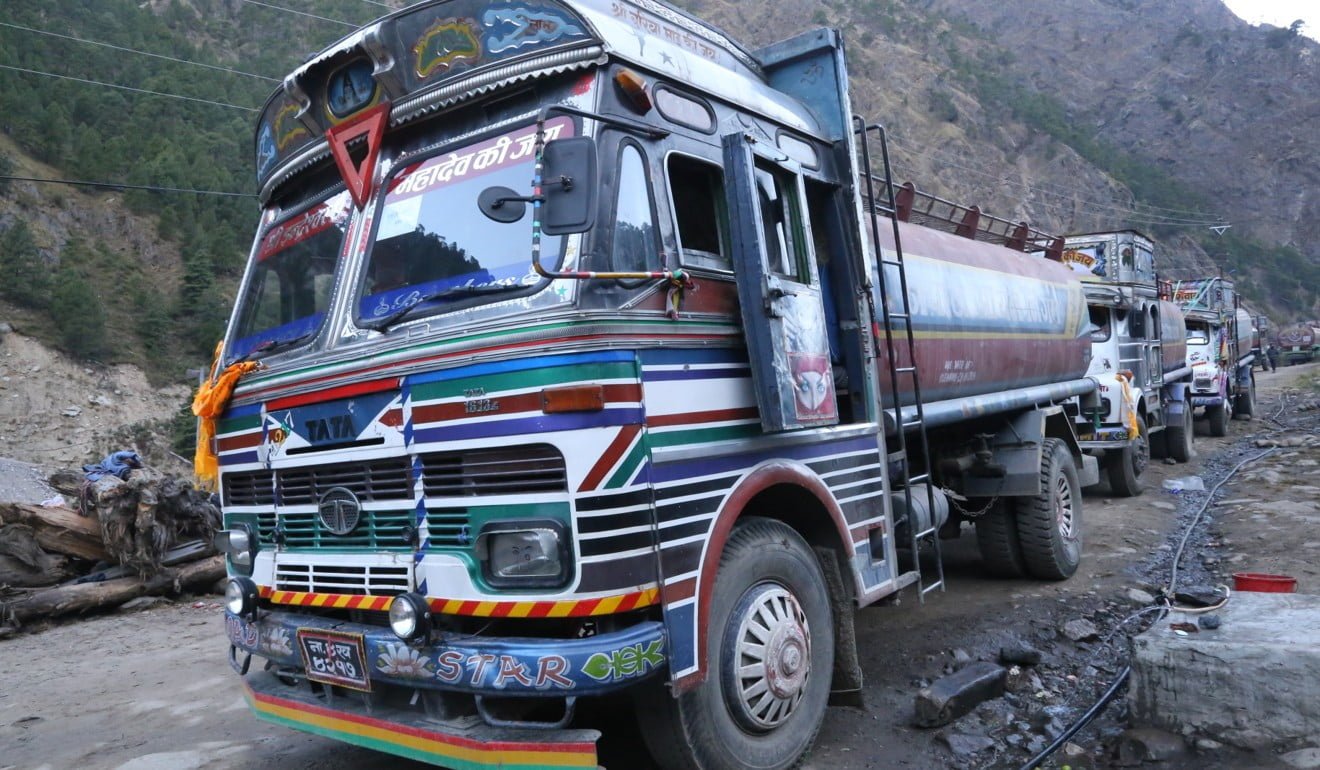
“India wants to micromanage Nepal. They have to control all government appointments, they have to know everything. Their ambassadors behave like viceroys. Aren’t we a sovereign nation?” echoes Kishor Shrestha, editor of Jana Astha National Weekly and a board member of Nepal’s press council, channelling the popular resentment against India’s big brother attitude.
What complicated matters in case of the constitution was India’s insistence on creating a separate province for Madhesis, as the people of Indian ancestry living along the Terai plains of southern Nepal are called. Nepali leaders, on the other hand, wanted to avoid identity-based provinces. India’s demand would create a Chile-like sliver province on the border between Nepal and India.
“Such a province comprising only of people of Indian descent was deemed a security threat as it might want to splinter away in the future, giving India new leverage over Nepal. Why was India pressing for a buffer within a buffer? Nepalese policymakers began to get suspicious. Thus began a spiral of distrust and animosity, deepened by allegations of Indian funding of some Madhesi leaders,” says Geja Sharma Wagle, a strategic affairs analyst affiliated with the Nepal Institute for Policy Studies.
HINDU HEAT
After Modi’s Hindu nationalist Bharatiya Janata Party (BJP) came to power with an overwhelming majority, the new dispensation in New Delhi also allegedly began to insist that the constitution define Nepal as a Hindu state, or at the least not call it secular.
“[Previous prime minister] Sher Bahadur Deuba and Dahal were told by BJP leaders to drop the secular provision,” says Maoist Centre leader Narayan Kaji Shrestha, an architect of the Left alliance. “But we couldn’t think of a democracy without secularism. A Hindu state logically leads us back to monarchy as the king is a reincarnation of god in the Hindu power structure. So that was out of the question.”
According to Shrestha, this was a far bigger deal for the Modi government than Madhesi rights. “If we had not incorporated the secularist provision, they wouldn’t have enforced the blockade,” he says.
Nepali politicians and the Indian establishment go back a long way. But these associations are largely between the centre-left parties and leaders on both sides. With the very nature of the Indian establishment having changed, with right-wing Hindu nationalists taking centerstage in Delhi, Nepali leaders have found it difficult to connect. “Strident Hinduism is an unknown concept in syncretic Nepal, with a rich tradition of harmony between Hindus, Muslims, Buddhist and indigenous populations. That makes Nepali politicians deeply uncomfortable with BJP’s brand of Hindu identity politics,” says Ghimire.
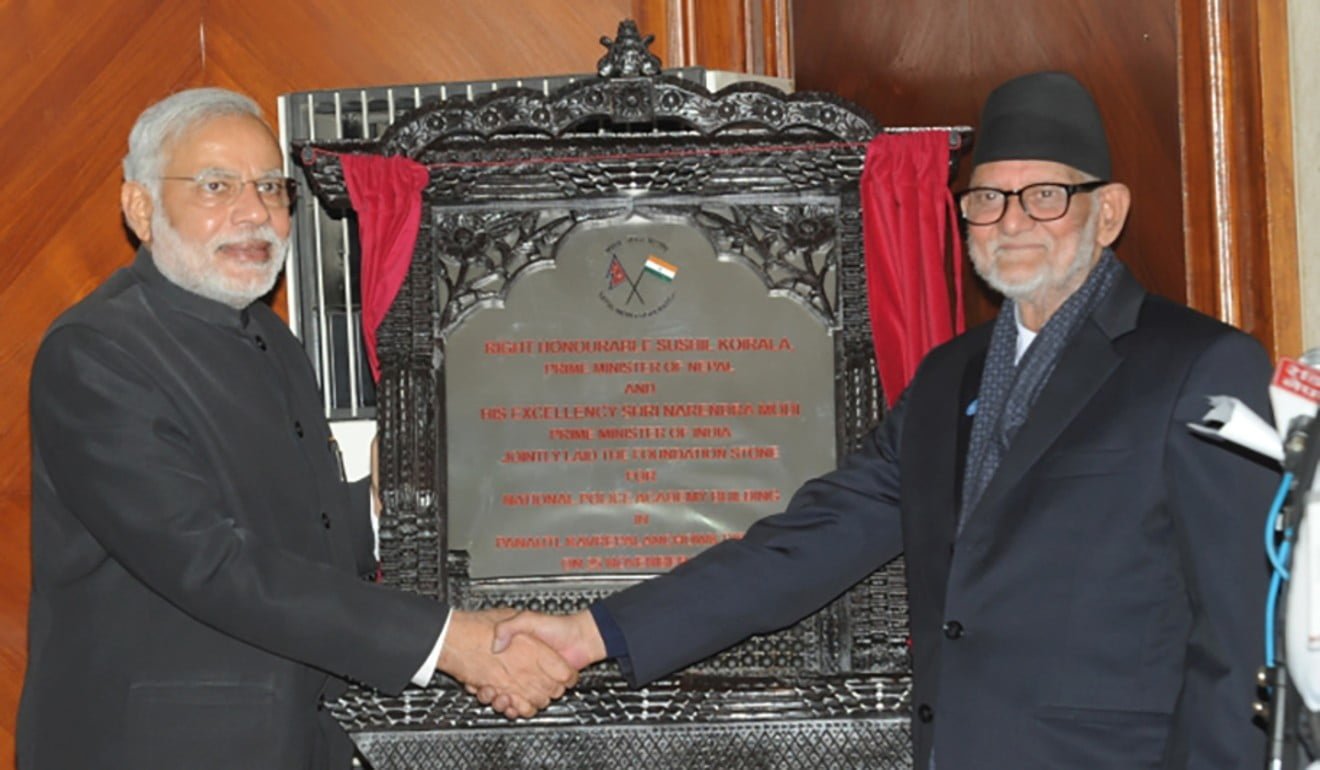
According to Dixit, the institutional channels of communication between Nepal and India have also collapsed. “India’s foreign ministry has been pushed to the sidelines and a small coterie of Modi now takes all the decisions. There’s no clarity on what kind of information they are acting on, and who is channelling this information. When we say Delhi, we don’t know if it’s the foreign ministry, the intelligence services, the Prime Minister’s Office, or the RSS (Rashtriya Swayamsevak Sangh, the ideological parent of the BJP).”
Whatever may have been the real trigger behind the Indian blockade, the end result was a very angry Indian foreign secretary “threatening” – by most accounts in Nepal’s power circles – Nepali leaders to delay the promulgation of the constitution “or face the consequences”. This enraged the leaders even further, prompting them to do it all the same, which in turn provoked the five-month Indian blockade.
Going back from here to a working relationship will take a lot of work. For Modi, in particular, because the Nepali public directly associate him with the blockade. “After his first visit during which he delivered a rousing speech on Nepal-India ties – the first few minutes in flawless Nepali – he became wildly popular here, more than any Nepali politician. Then he blew it all with the blockade. That left a deep sense of betrayal here,” says Kunda Dixit, editor of Nepali Times.
“But 90 per cent of Nepal’s trade is with India, so they’ll just have to get on with it. Besides, Oli is not as anti-Indian as he is made out to be. Much of his supposedly pro-China moves such as inking deals with Beijing was plain playing to the gallery. But the blockade undoubtedly created an opening for China to deepen its interests in Nepal, which are basically two – Tibet and trade. It is in particular pushing very hard for a railway connection with India through Nepal.”

In his interview with This Week in Asia, Oli said he wanted to have the Qinghai-Tibet railway extended all the way to Kathmandu. China is already working to extend it to Shigatse and then Kyirong, in Tibet, which is close to the Nepal border. Kyirong is about 75km from Kathmandu. “If we can connect this railway network to our east-west rail project, it can revolutionise China-India trade, with Nepal in the middle,” he said.
In fact, the reading in Kathmandu is that trade with India is one of the reasons why China is so interested in Nepal. India has refused to sign on to China’s “Belt and Road Initiative”, which Nepal joined last year. Greater connectivity with Nepal automatically drags next-door India into China’s economic network, even if kicking and screaming.
“After all, Nepal is too small to risk or jeopardise a vital, multifaceted relationship between China and India,” says Swarnim Wagle, who has just resigned as vice-chairman of the National Planning Commission of Nepal.
LANKA REDUX
So large doses of Chinese investments are inevitable, especially those promoting connectivity.
Apart from the railway, three roads are being built between Nepal and China. Nepal’s energy ministry this month also sent a feasibility report for a 80km cross-border transmission line to the Chinese government that will allow electricity trade between Nepal and Tibet.
“Look at our roads, our infrastructure. There’s popular demand for infrastructure investment. Our debt-GDP ratio is 22 per cent. The average for low-income countries is 43 per cent. We can raise borrowings substantially, but too much of internal borrowing crowds out the private sector. So there’ll be need to look at funds from outside, and China is a natural fit as it’s eager to invest abroad,” says Wagle.
That puts Oli in a situation similar to Sri Lankan strongman Mahinda Rajapaksa at the end of the civil war in the island nation. Hungry for investments and at loggerheads with India, he turned to China. Oli, too, needs to show results, and China, visible symbols of its influence.
The spate of Chinese loans and investments did help Sri Lanka to break away from India’s control, but it also pulled it into deep debt, making it even more dependent on China. In the process, it helped China gain a strategic presence in the Indian Ocean. Oli now faces a Rajapaksa moment that could radically alter the geopolitics of the Himalayas.
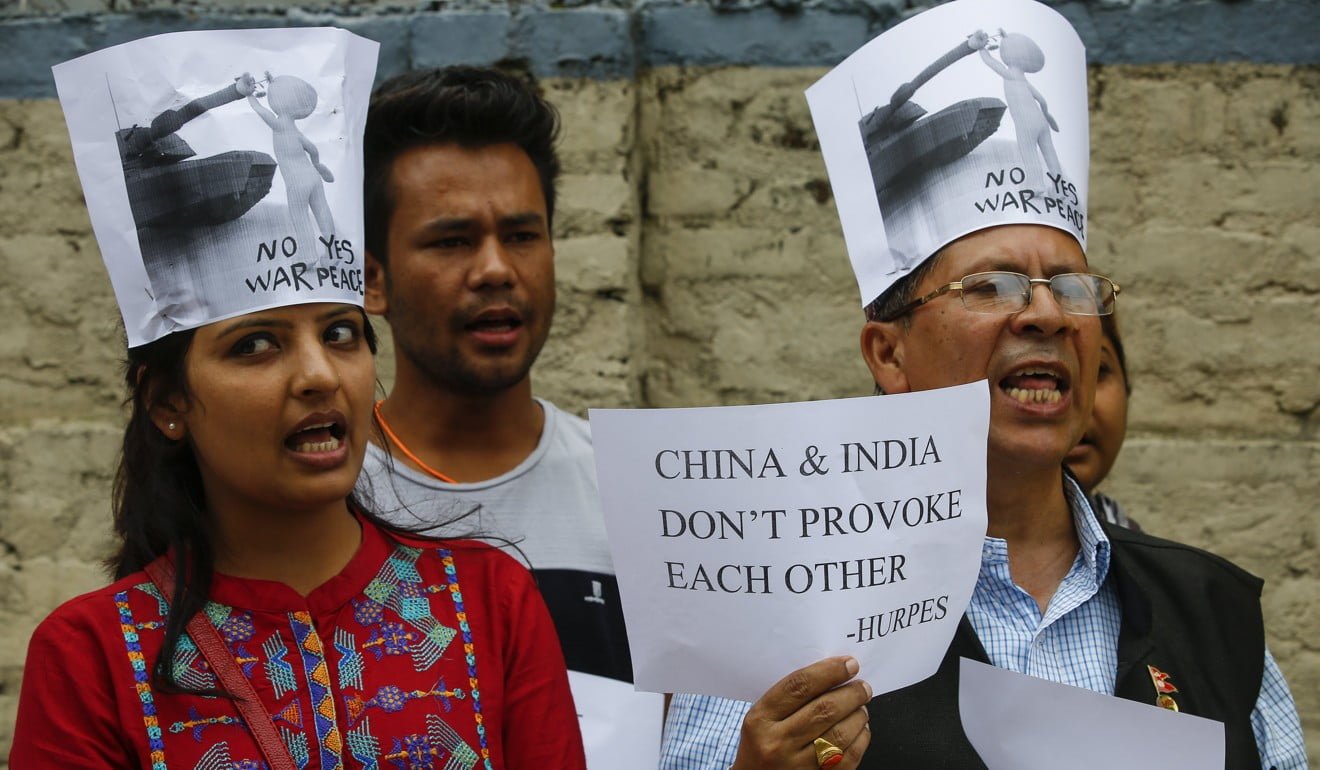
Already there are complaints that the Pokhara airport the Chinese are building is vastly overpriced. It was estimated to cost about US$140 million but was contracted to a Chinese company at US$216 million with loans from the China EXIM Bank. As in Sri Lanka, the extra cash has allegedly been used to line politicians’ pockets. There are similar complaints about the way Maoist leader Dahal hurriedly cleared the Budhi Gandaki dam deal with the Chinese in his last days as prime minister.
“South Asia is on a learning curve. Debt trap is a phenomenon that will not be learnt unless experienced first-hand. Poverty and lack of basic infrastructure in South Asian countries are so acute that they are basically desperate for outside investment and resources, and do not really care what happens a hundred years on,” says Nishchal Nath Pandey, director of the Centre for South Asian Studies, a think tank in Nepal.
Wagle differs. The conditions are different, he points out. Sri Lanka’s relations with the Western powers were completely broken when it turned to China. “Nepal has a cosy relationship with the West. Oli doesn’t have Rajapaksha’s unbriddled power. And we know the Lanka story,” he says. “There are checks and balances in Nepal to safeguard against reckless borrowing. If there are red flags, there will be resistance.”
But the biggest China risk, says Geja Sharma Wagle, the strategic affairs analyst, is ignorance about China. “We blame India for everything as we know India so well. But there’s no understanding of how China operates. We need to study their diplomatic and strategic instincts, and how Chinese money is coming into Nepal. For now, Nepali politicians and policymakers have simply given China the benefit of the doubt.
By Debasish Roy Chowdhury
Source: South China Morning Post


